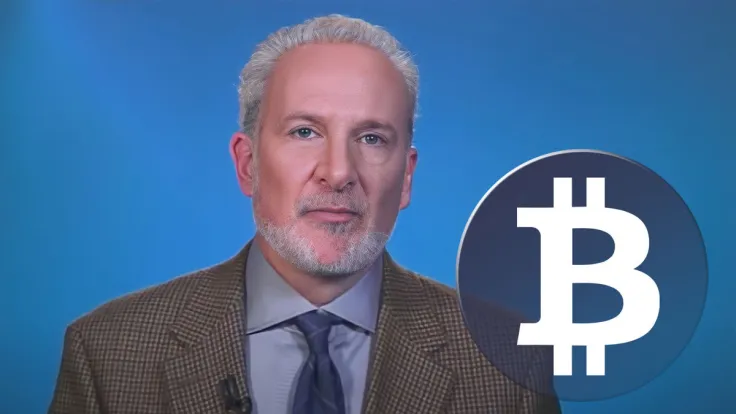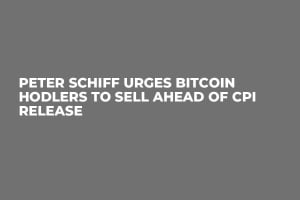
Disclaimer: The opinions expressed by our writers are their own and do not represent the views of U.Today. The financial and market information provided on U.Today is intended for informational purposes only. U.Today is not liable for any financial losses incurred while trading cryptocurrencies. Conduct your own research by contacting financial experts before making any investment decisions. We believe that all content is accurate as of the date of publication, but certain offers mentioned may no longer be available.
Peter Schiff, a gold bug and economist well known for his critique of the popular cryptocurrency Bitcoin, discusses one important aspect that affected the markets in the previous year: Fed interest rates.
Throughout the past year, higher rates have been reflected in stock prices, cryptocurrency prices and the prices of commodities like oil.
It took the #Fed until 1986 to get the high #inflation rates of the 1970s down to 2% (a benchmark that wasn't achieved again until 1998, 12 years later.) The Fed Funds rate hit a high of 16.2% in 1986. Today's Fed Funds rate is 4.6%. Interest rates still have a long way to rise!
— Peter Schiff (@PeterSchiff) February 18, 2023
Schiff claims that it took the Fed more than a decade to bring the high inflation rates of the 1970s down to 2%, a goal that was not attained again until 1998, a period of 12 years.
According to the economist, the Fed Funds rate peaked in 1986 at 16.2%, which is a significant difference from the current Fed Funds rate of 4.6%. "Interest rates still have a long way to rise," Schiff chimed in.
He points out that the Fed cannot raise rates high enough to bring inflation back down to 2% without causing a financial crisis worse than the one it caused in 2008. The Fed will therefore give up well before inflation hits 2% (which, if measured using the CPI from the 1980s, would be 4%).
Bitcoin price action
Recently, Bitcoin (BTC) was trading at about $24,672, only slightly up over the previous day and off a weekly high early on Thursday when BTC crossed the $25,000 threshold for the first time since August.
Despite the mild retreat in price, Bitcoin was still 13% higher than it was seven days earlier. Investors continued to be generally upbeat about the cryptocurrency markets.
Instead of going back to the more aggressive rate hikes of 2022, they predict that the Fed will approve a second consecutive 25-basis-point rate hike at its next Federal Open Market Committee (FOMC) meeting in March. Additionally, they anticipate that any economic contraction will be slight — a "safe landing."


 Alex Dovbnya
Alex Dovbnya Caroline Amosun
Caroline Amosun Dan Burgin
Dan Burgin